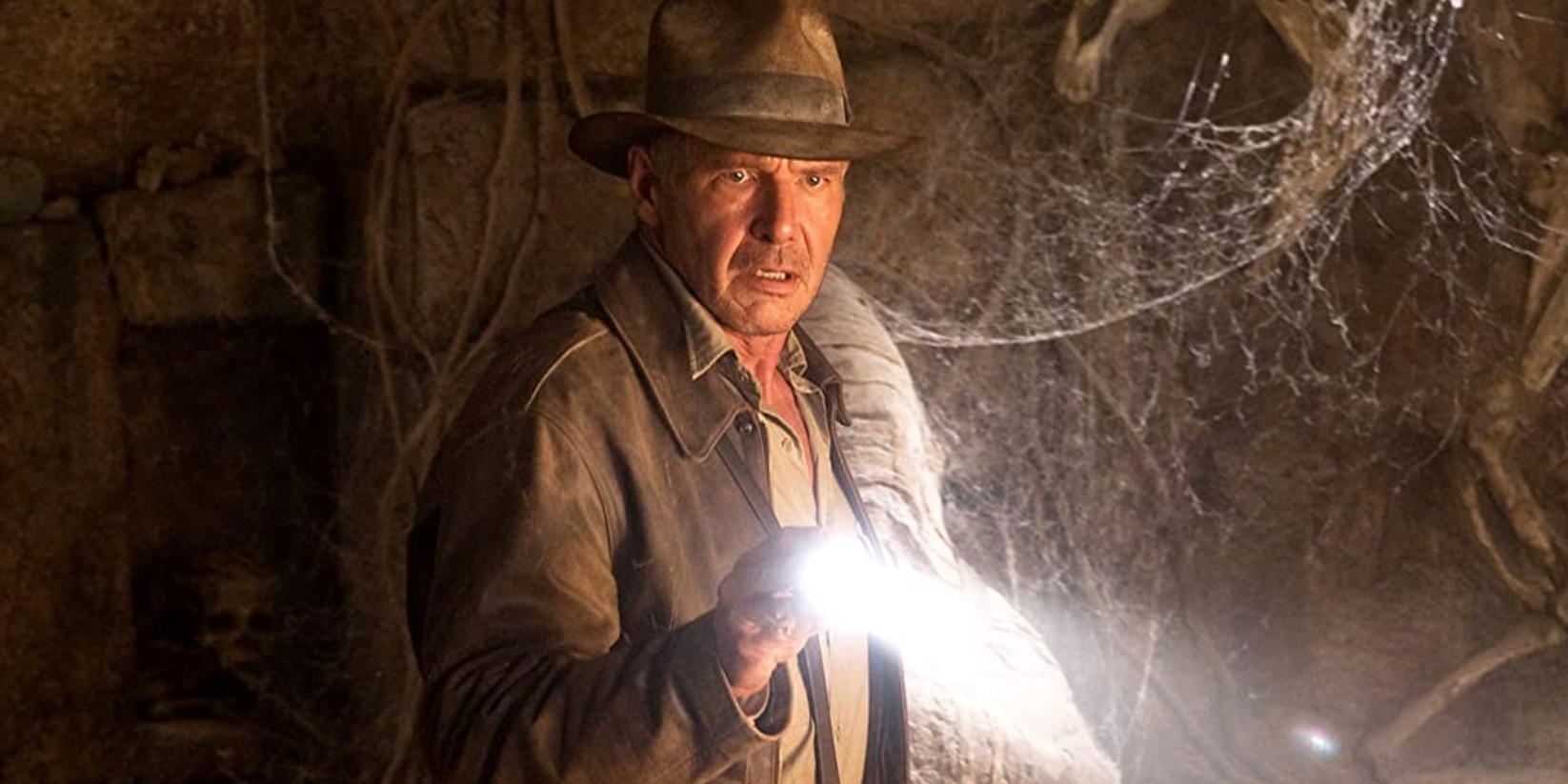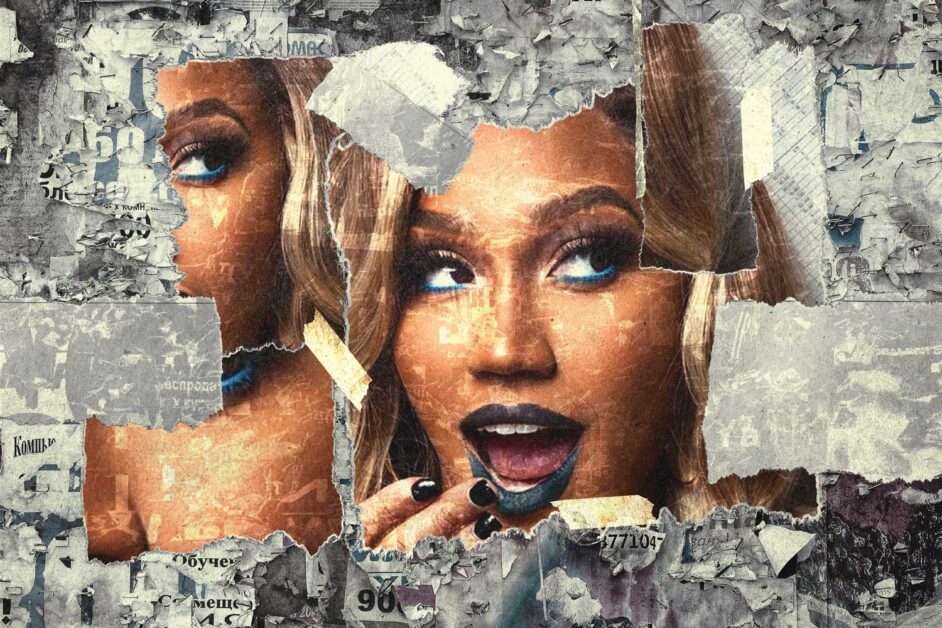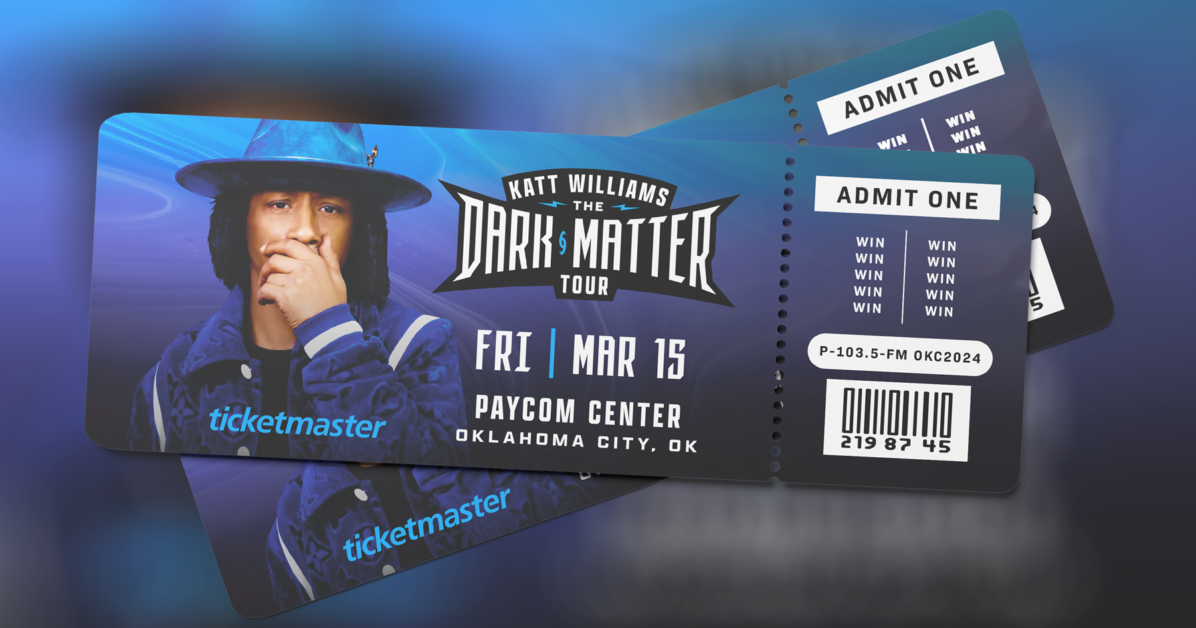It’s not easy to make an Indiana Jones movie. For one thing, there’s so much pressure to live up to the series’ legacy. Even in the 1980s, when the original three installments in this franchise were getting off the ground, there was still the enormous shadow of Raiders of the Lost Ark to deal with. The pop-culture legacy of that whip-cracking adventurer means he’ll always be on the minds of moviegoers, but it also ensures that there’s a massive reputation for any new Indiana Jones title to carry on. All that pressure has meant countless ideas for Indiana Jones movies have been conjured up and then abandoned over the years out of fear that they just couldn’t deliver what this franchise needed and what audiences expected.
The earliest unmade Indiana Jones films
The struggles to create a proper follow-up to Raiders of the Lost Ark date back to the very first sequel in this franchise, Indiana Jones and the Temple of Doom. Quotes from George Lucas and Steven Spielberg have given about the production (which are all neatly collected in this Medium article) reflect just how many ideas the filmmakers spit-balled in pursuing a new Indiana Jones adventure. Lucas was really passionate about doing a storyline centered on a haunted castle in Scotland, but Spielberg was wary of retreading ground similar to his 1982 hit Poltergeist. While Spielberg’s suggestion of setting this new film in India would eventually lead to the final cut of Temple of Doom, the precedent for Indiana Jones sequels being a tough nut to crack was firmly established.
Making Temple of Doom didn’t suddenly make crafting Indiana Jones sequels any easier. Once it came time to make a third installment, Lucas and Spielberg once again went back and forth on several different ideas. The idea of placing Jones in a haunted house movie was again brought up, but it stalled out once more due to its similarities to other Spielberg directorial efforts. Chris Columbus was hired to pen a screenplay for a proposed movie that would see Indiana Jones encountering the mythological Monkey King in Africa. But Spielberg and company just didn’t click with the various drafts Columbus turned in, which ensured that it was back to the drawing board for the third Indiana Jones movie.
Eventually, Lucas and Spielberg settled on the Holy Grail as a MacGuffin for the third adventure, an object the duo had previously struggled to get dramatically attached to. But once they figured out how to realize the Holy Grail in a physical form, and especially once they cracked how the story could involve the father of Indiana Jones, they were off to the races. Indiana Jones and the Last Crusade was raring to go.
These first two sequels set a good precedent for why it’s hard to conjure up new ideas for Indiana Jones movies beyond just the quality of Raiders of the Lost Ark. The fantastical items Indy encounters seem to leave open the door for limitless possibilities for what adventures he could get into, but all that potential is also overwhelming. With no pre-established source material to draw ideas from, even acclaimed artists like Spielberg and Lucas could get lost in the weeds trying to figure out which of the infinite famous myths Indy could encounter next. That kind of difficulty wouldn’t entirely fade away for the next installment in the saga.
How do you solve a problem like a fourth Indiana Jones movie?
Considering Last Crusade ended with its lead characters riding off into the sunset, it was understandable for general audiences to believe that Indy was finished. But George Lucas never gave up on the character. As early as 1993, he had been developing new concepts for a fourth Indiana Jones adventure that would pit the adventurer against aliens. There were many versions of this project, which included a screenplay entitled Indiana Jones and the Saucermen from Mars. But the primary artists behind this franchise (Spielberg, Lucas, and Harrison Ford) could never agree on a creative vision for this fourth film and all got busy with other major productions. Indiana Jones was going to have to wait.
By the time the 2000s began, though, a fourth Indiana Jones movie began to gain creative momentum and M. Night Shyamalan was even hired to write a draft for the film, which would’ve focused on a very special MacGuffin that Shyamalan had come up with. (To this day, he has not publicly disclosed what it would’ve been.) Another outsider from the original Indiana Jones creative team that was recruited for this production was Frank Darabont, who turned in a screenplay called Indiana Jones and the City of the Gods. Darabont’s script bore a great resemblance to the final cut of Indiana Jones and the Kingdom of the Crystal Skull but had several differences, including the presence of Nazis as the baddies and the fact that the alien in this movie speaks!
While Shyamalan had his own vision for where a fourth Indiana Jones would go, the City of the Gods screenplay reflects how Kingdom of the Crystal Skull, contrary to its two predecessors, had its MacGuffin ready to go from the start. There were still unmade versions of this film, but there were no digressions involving potential iterations focusing on haunted houses or the Monkey King. George Lucas wanted to have Indy face off against aliens as early as the 1990s, and he remained steadfast in that creative desire. That kind of dedication is the key reason Crystal Skull was able to excape from development hell and reach movie theaters in May 2008.
So many versions of ‘Indiana Jones 5’!
Kingdom of the Crystal Skull was a divisive movie, but it was also an incredibly lucrative venture. This meant that Indiana Jones 5 was an inevitability, and for years after Skull’s debut, rumors ran rampant around the internet on its status. By the end of 2011, George Lucas said he knew what genre he wanted the next Indiana Jones movie to explore, though his participation in the project would cease by the end of 2012 when Disney purchased Lucasfilm. This gave them ownership over future Indiana Jones movies, with the studio moving quickly on the next installment. 2014 was packed with rumors about the fifth Indiana Jones being headlined by a new actor taking on the part, with Bradley Cooper and Chris Pratt being suggested as viable names for the part.
That iteration of the sequel never got off the ground, with Spielberg confirming by the end of 2015 that, as long as he was directing, Ford was the only guy who could play Indiana Jones. A new iteration of this follow-up began in early 2016 when David Koepp was hired to pen a script for a fifth Indy feature. So began a string of screenwriters getting attached to the project briefly before leaving, with folks like Jonathan Kasdan and Dan Fogelman also trying their hand at cracking the story of this proposed blockbuster. Each new incarnation of Indiana Jones 5 was supposed to instill confidence that this long-proposed film was finally happening, but nobody seemed to know what to do with this character.
It would take until James Mangold was hired to take over as director from Spielberg (who remained on as a producer) that the production began to regain momentum after several failed incarnations. Because Indiana Jones and the Dial of Doom has not yet been released to theaters, there’s no word on what the unmade versions of this fifth Indy installment would’ve looked like or how similar (or dissimilar) they were to the film Mangold ultimately made. But the very existence of so many stabs at this project reflects just how hard it is to create new Indiana Jones movies. Though watching these films can be an effortlessly fun exercise, creating them, as the countless unmade Indiana Jones features can attest, is anything but joyful.







